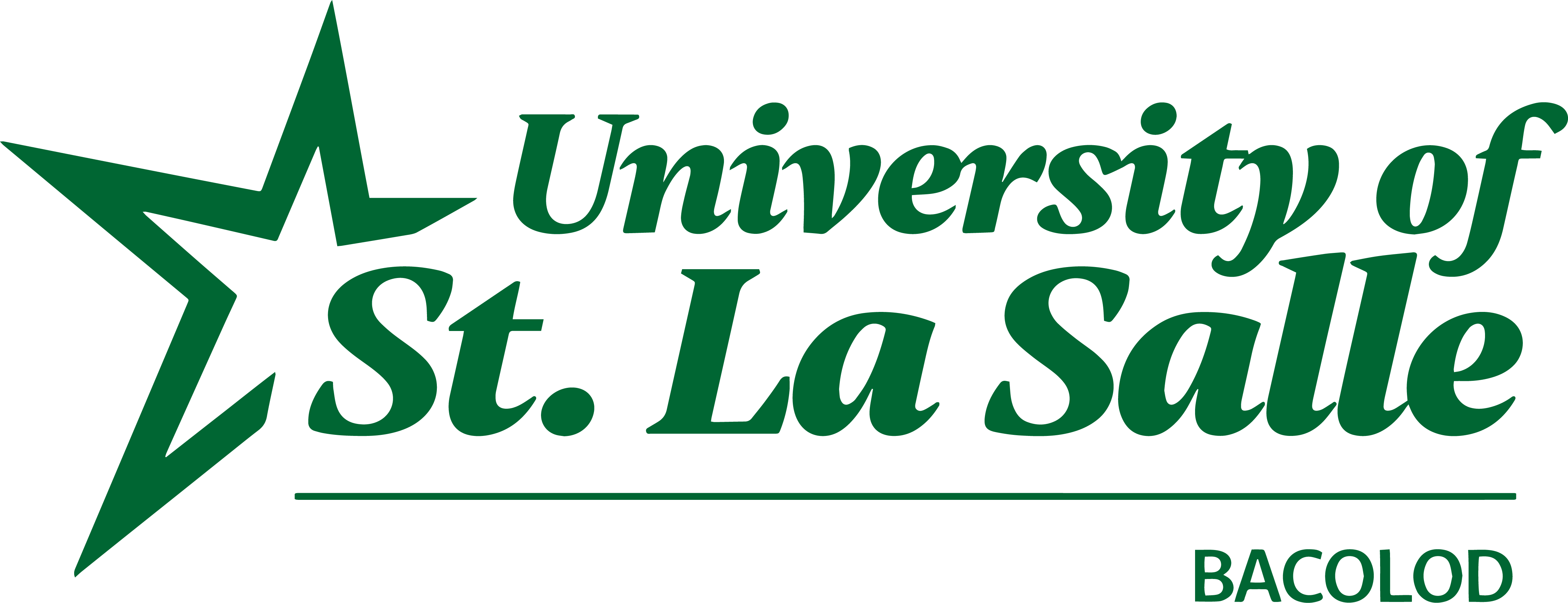Disaster resiliency of flood-prone communities in Bacolod City
https://doi.org/10.70228/CBJ2024051
Cite this article Read this article
ABSTRACT
This study aimed to determine the resiliency of the identified flood-prone barangays in Bacolod City in the following areas: (a) the extent of compliance of flood-prone barangays in Bacolod City; (b) the extent of preparedness of the flood-prone barangays in the event of flood in their community in terms of prevention and mitigation, preparedness, response, and rehabilitation and recovery; (c) issues affecting in the implementation of community resiliency programs in flood-prone barangays; lastly, (d) other support needed by the flood-prone barangays related to disaster resiliency. This study employed quantitative descriptive research design in two sets of participants: the flood-prone barangays as identified by the Bacolod City Disaster Risk Reduction Management Office and their household heads from the identified puroks within the identified barangays using survey and key informant interviews to substantiate the data. Findings showed that most of the barangays were partially compliant with the standards anchored in Republic Act 10121 but were rated highly compliant from the perspective of the households. As a result, people in the identified flood-prone barangays needed to be technically prepared in the event of a flood, which is anchored by the need for more enforcement of policies and participation of the people in the community. Furthermore, the study saw the need for additional support for evacuation centers, systematic distribution of goods, and infrastructure development to ensure resiliency in flood-prone barangays. This study also proposed creating a Purok-based Emergency Council to conduct related training to safeguard the affected population in flood-prone barangays.
Keywords: flood-prone barangays, R.A. 10121, community resiliency, Disaster Risk Reduction Management (DRRM)

Volume 2, 2021 EDITION
Published 2021
Editor's Note
Research can be a catalyst for change, and this is highlighted in the latest collection of scholarly work in Volume 2 of the Journal of Engineering, Food Science, and Computing Technologies. Studies featured in this volume represent various technological innovations in response to societal problems in education, employment, health, and the environment. To address the challenges of the pandemic, Bunda and his co-authors developed an immersive and interactive educational program that can be used by grade school students, and Dizon and her partners created a mobile and web application for streamlining the hiring process of blue-collar workers. These research endeavors demonstrate that computing technologies are a valuable tool in ensuring the resiliency and efficiency of processes amidst the changing realities of the world. The papers of Tagamolila, Novia, and co-authors showcase the use of emerging technologies to provide solutions to major concerns in our environment, like plastic pollution, solid waste, and water quality degradation. Tagamolila presents an alternative bioplastic from agricultural waste and investigates its properties, while Novia and her team developed an unmanned aerial vehicle for water quality monitoring. Each research study illustrates how novel ideas can help in alleviating environmental problems in our world. Maravilla’s group explored invasive plant species' antioxidant and antiproliferative properties and their potential in combating cancer. Their study provides baseline information on the use of natural products to address current health concerns. This issue is a testament to the commitment and dedication of researchers, editors, and reviewers and it is with great appreciation to these people that we present this volume. This volume shows the great impact of academic research on our society, and we hope that this will serve as an inspiration for further academic pursuits and significant transformations on the local, national, and global stage. Mary Ann T. Pandan Editor-in-Chief


